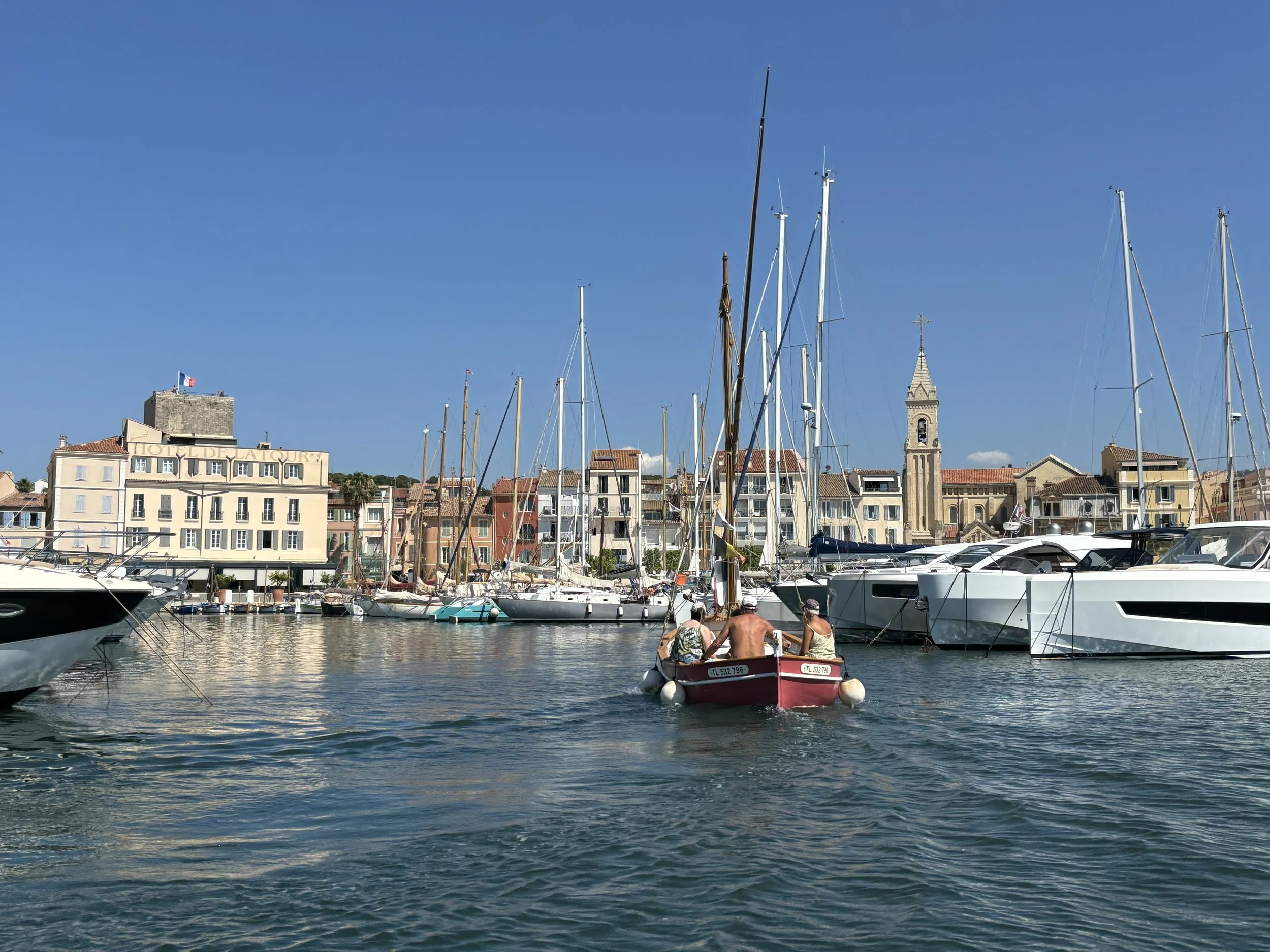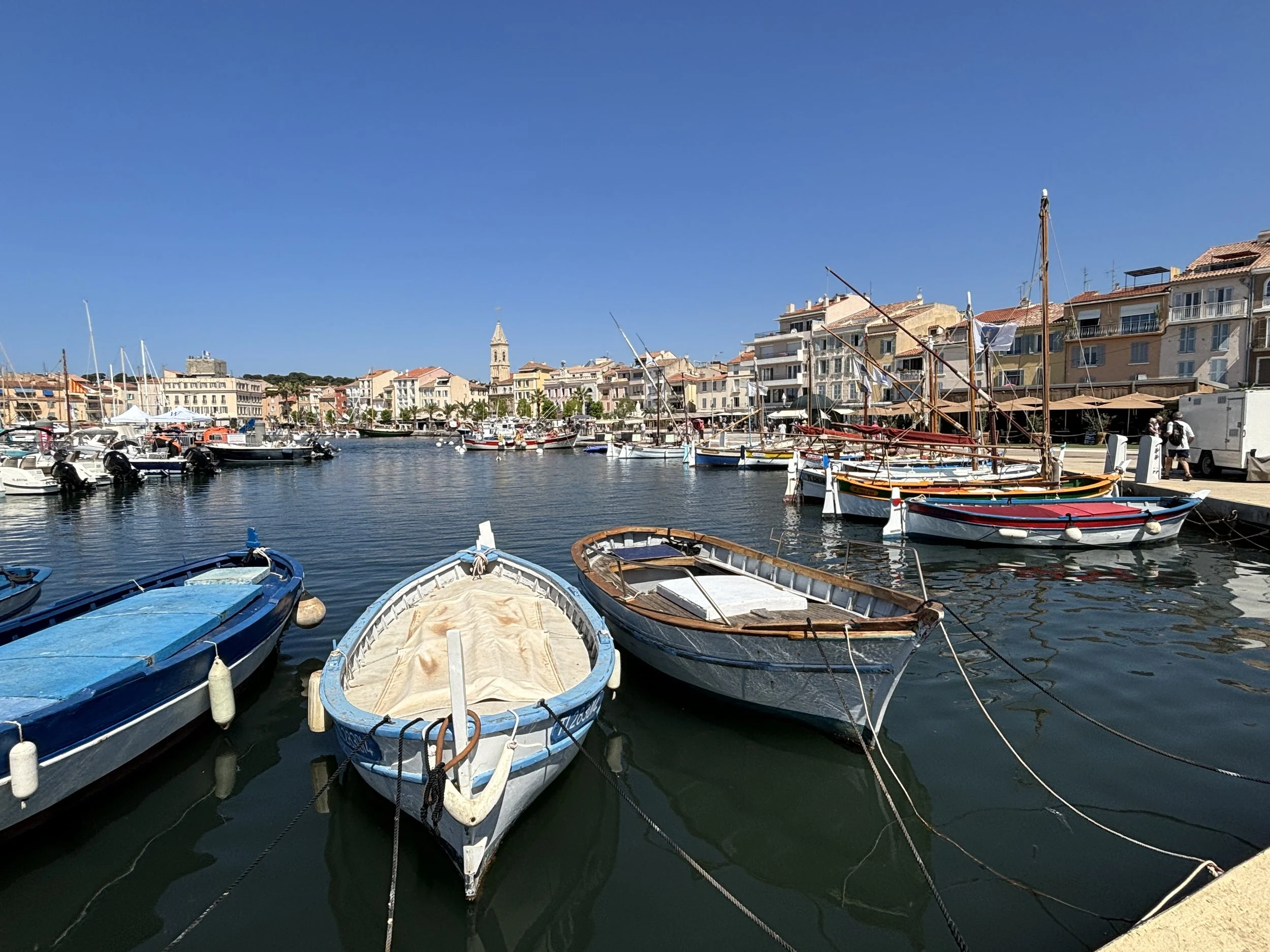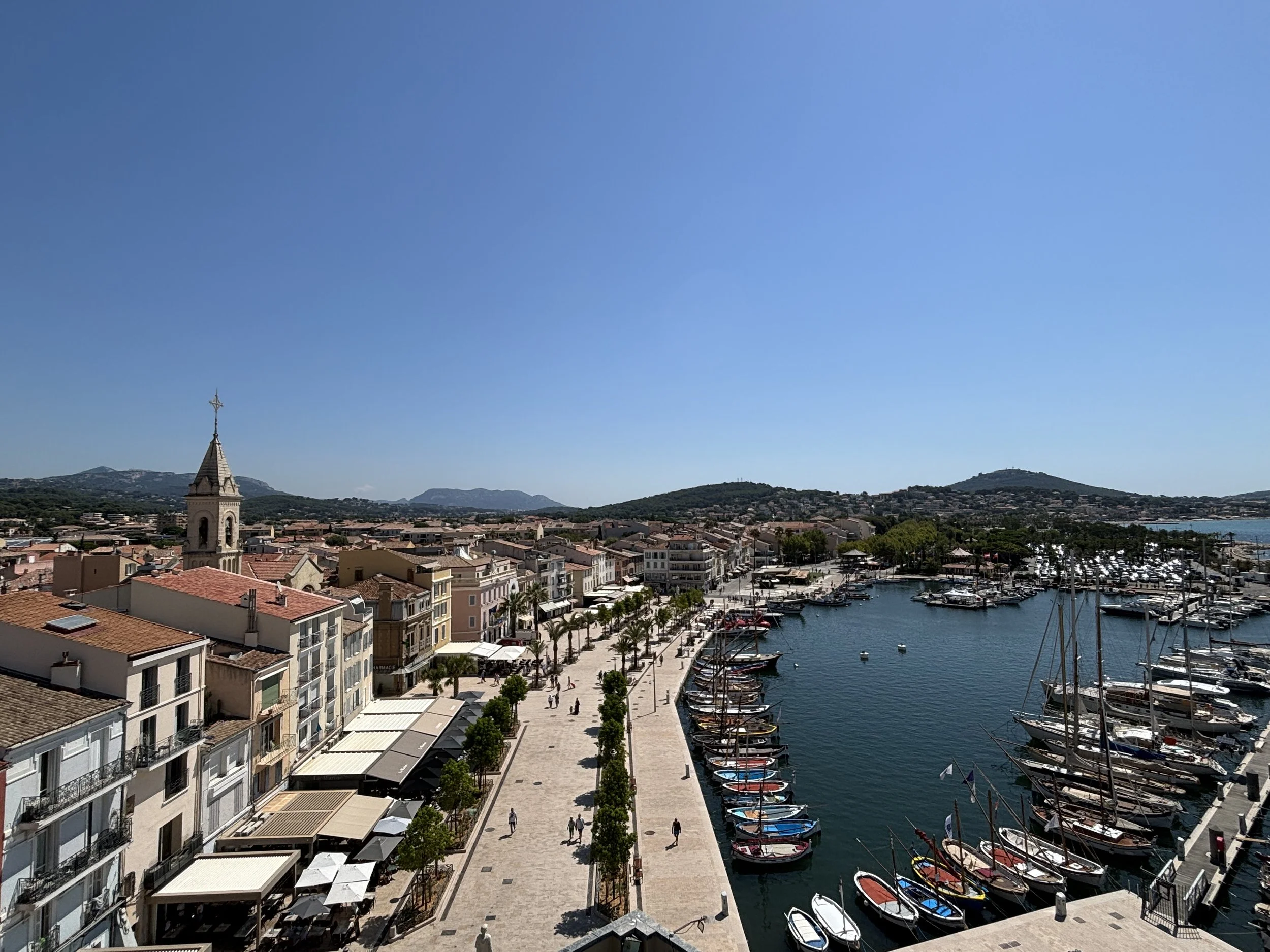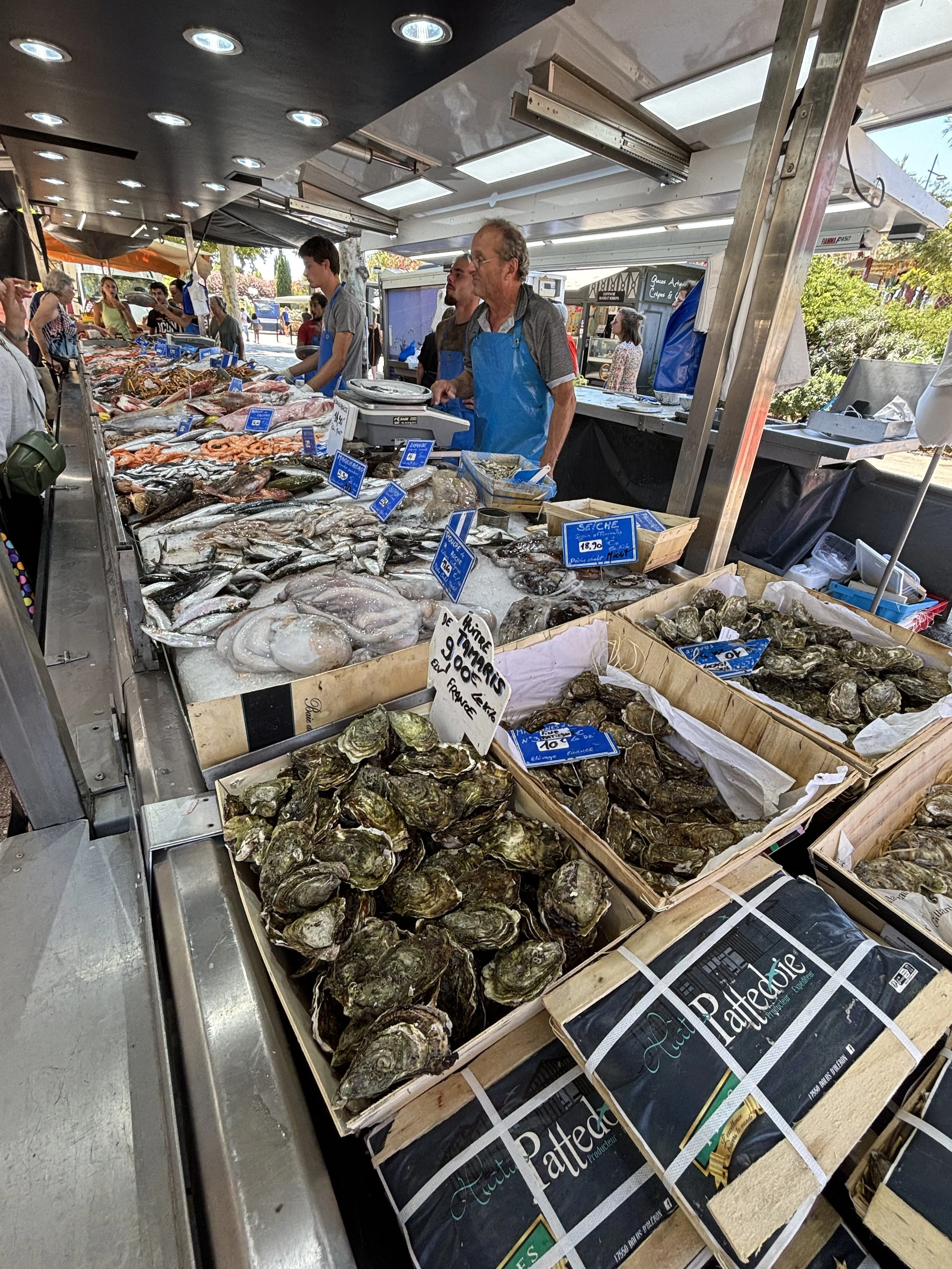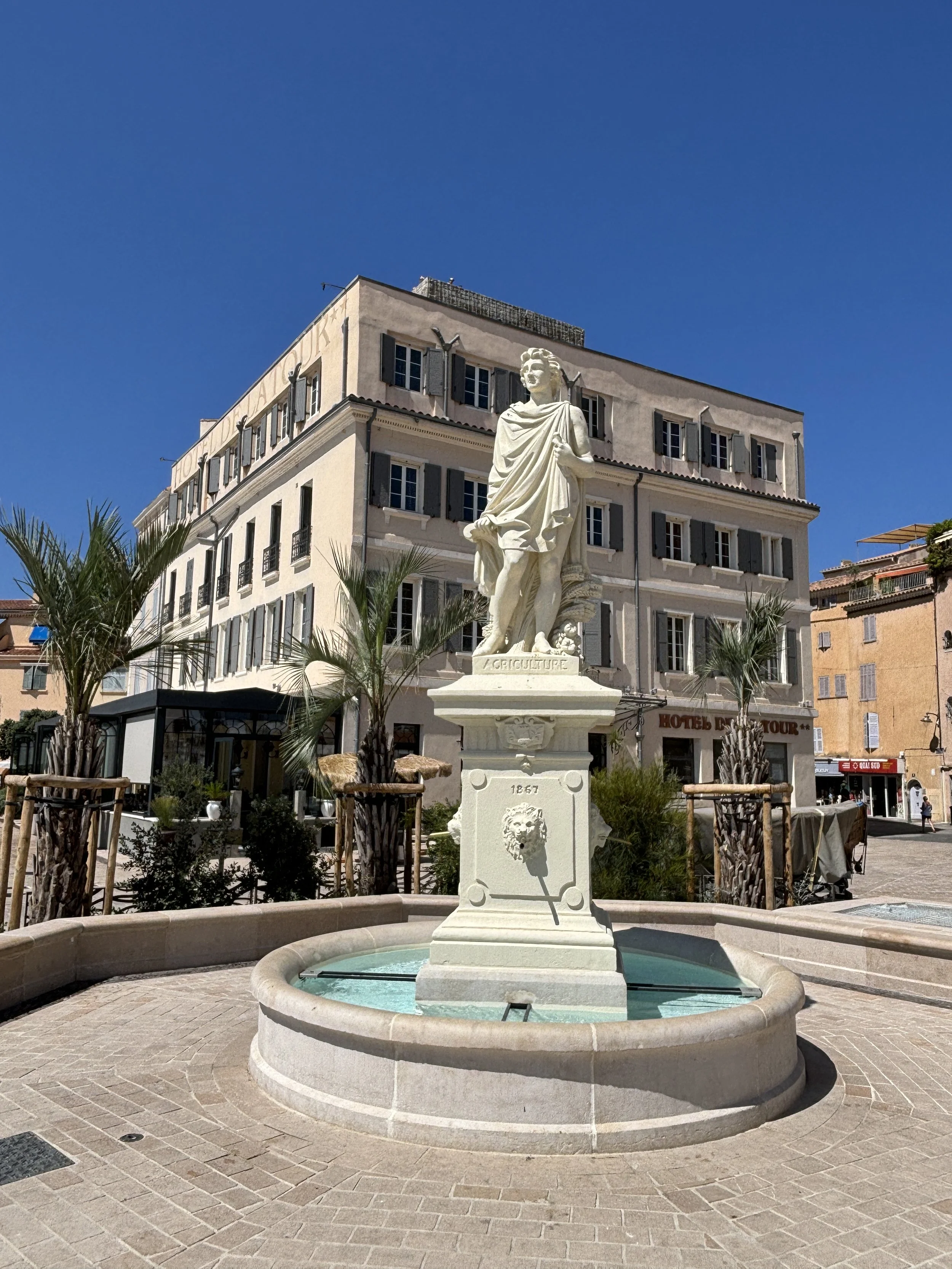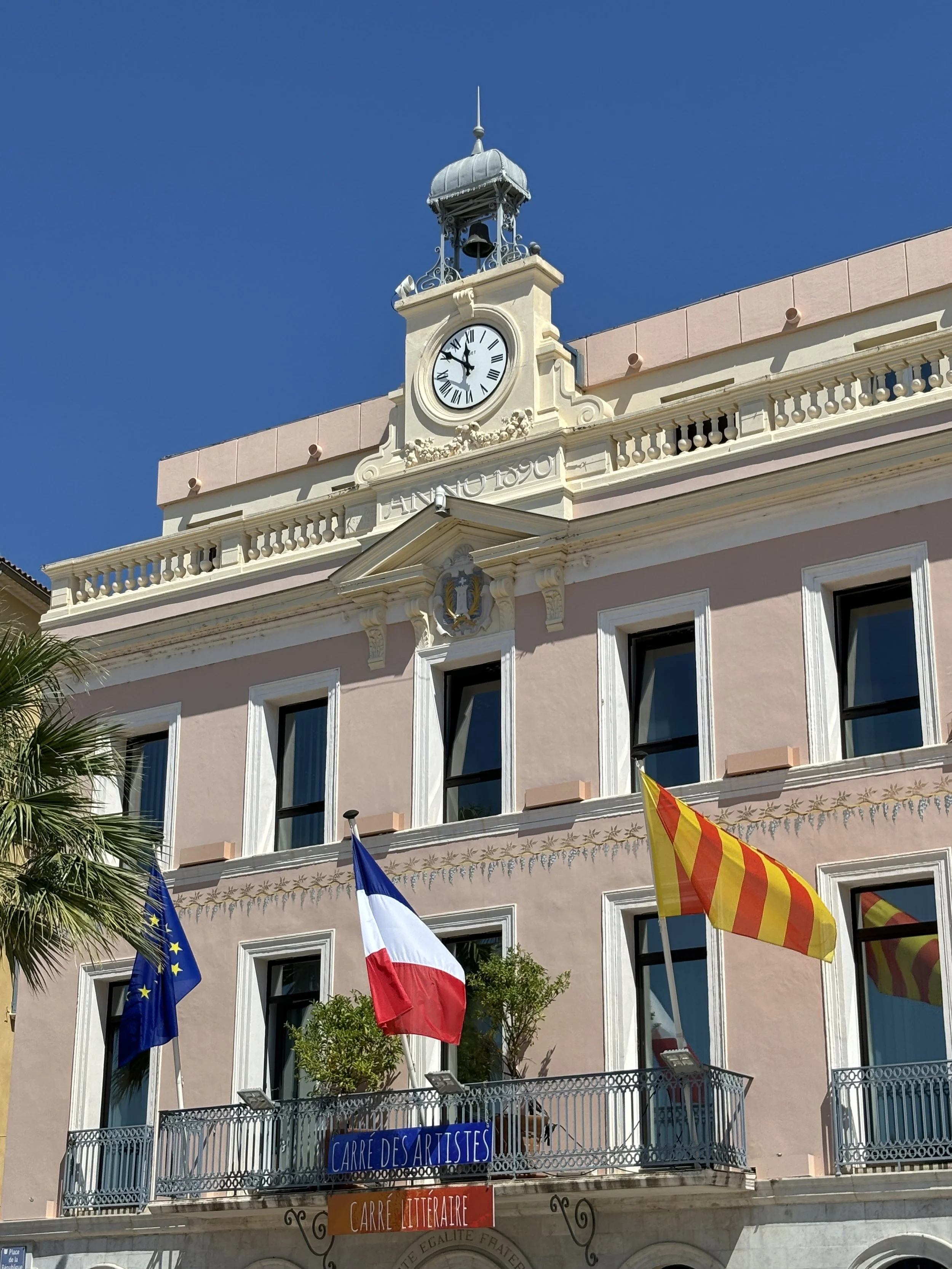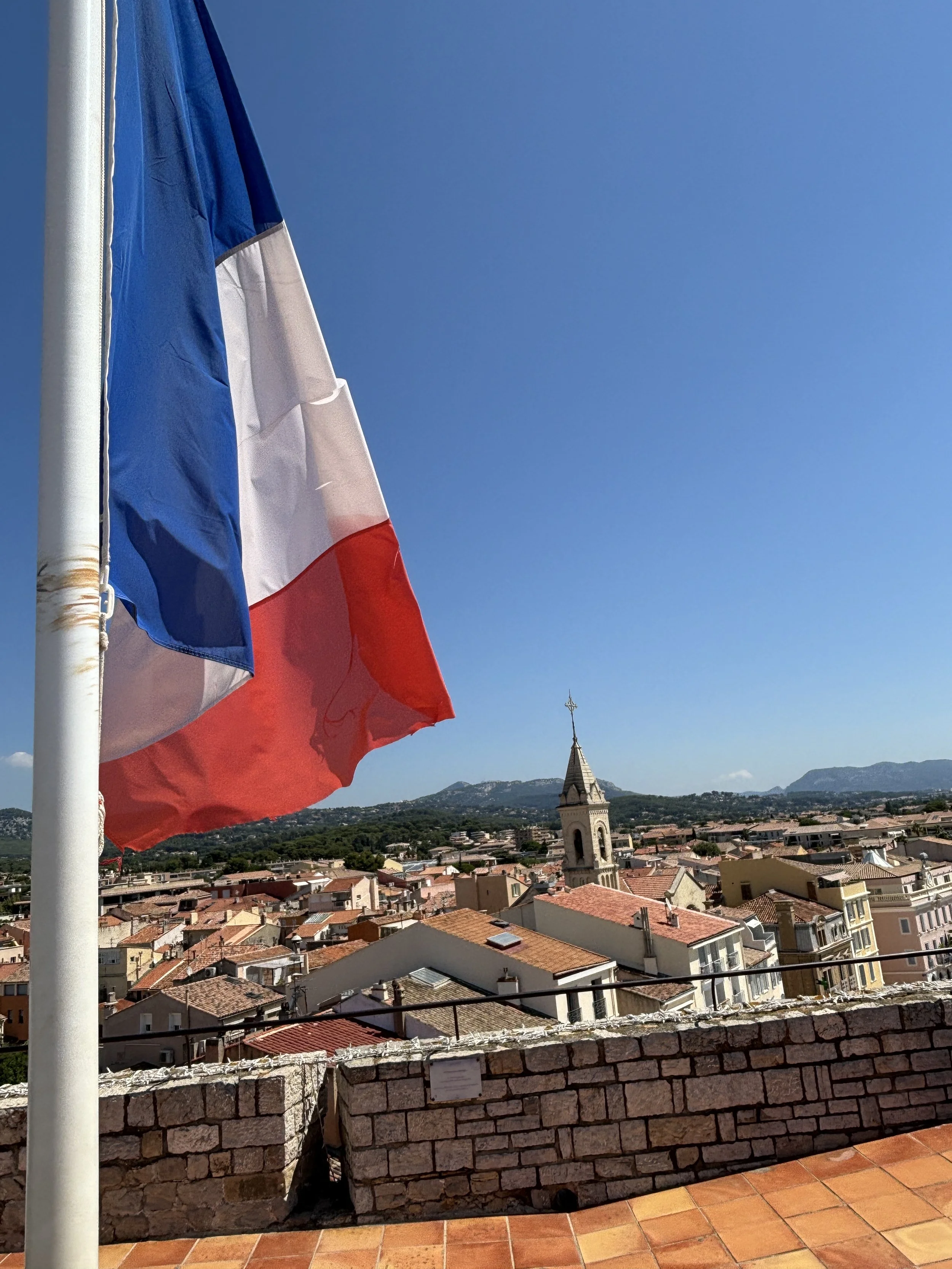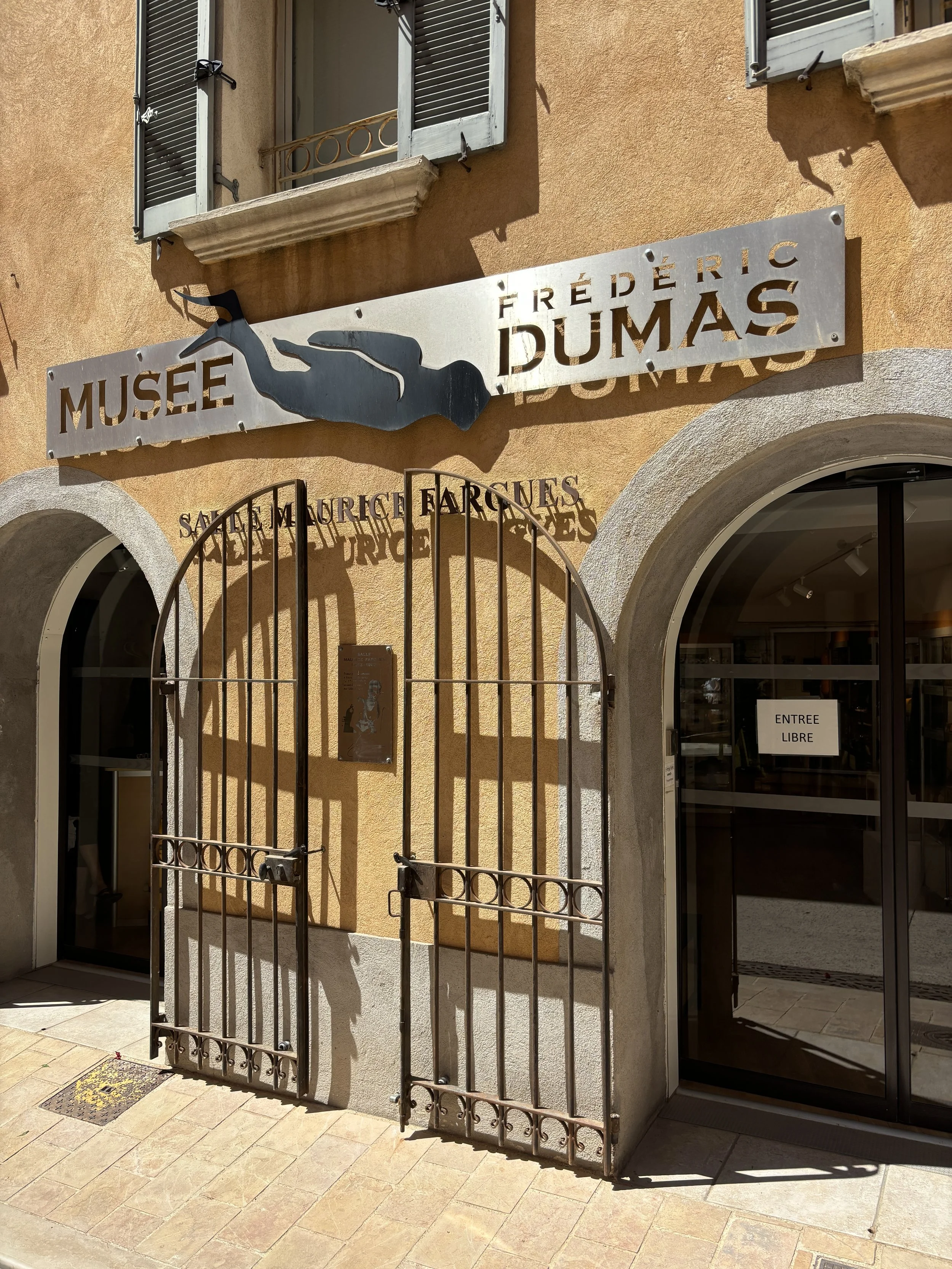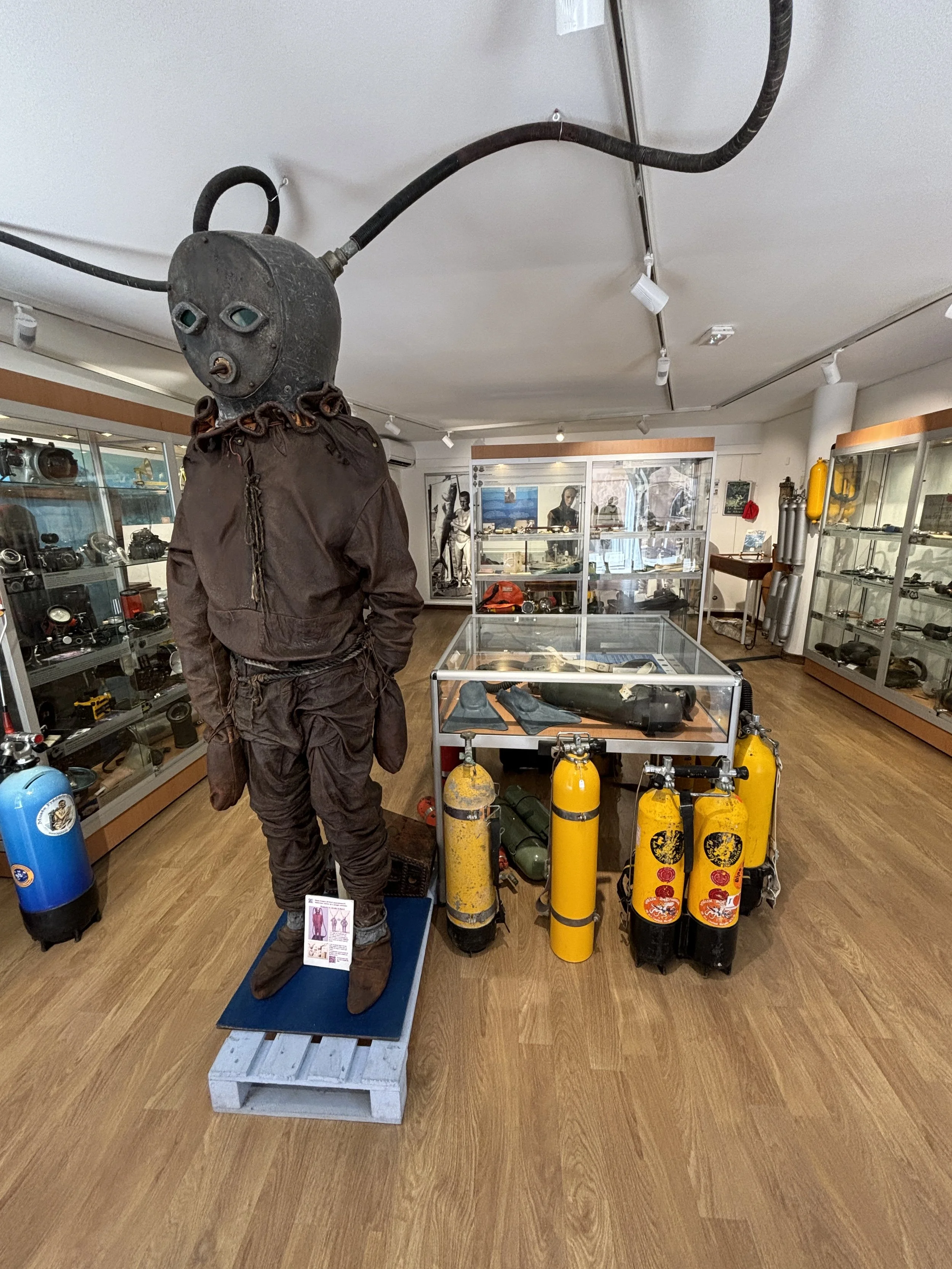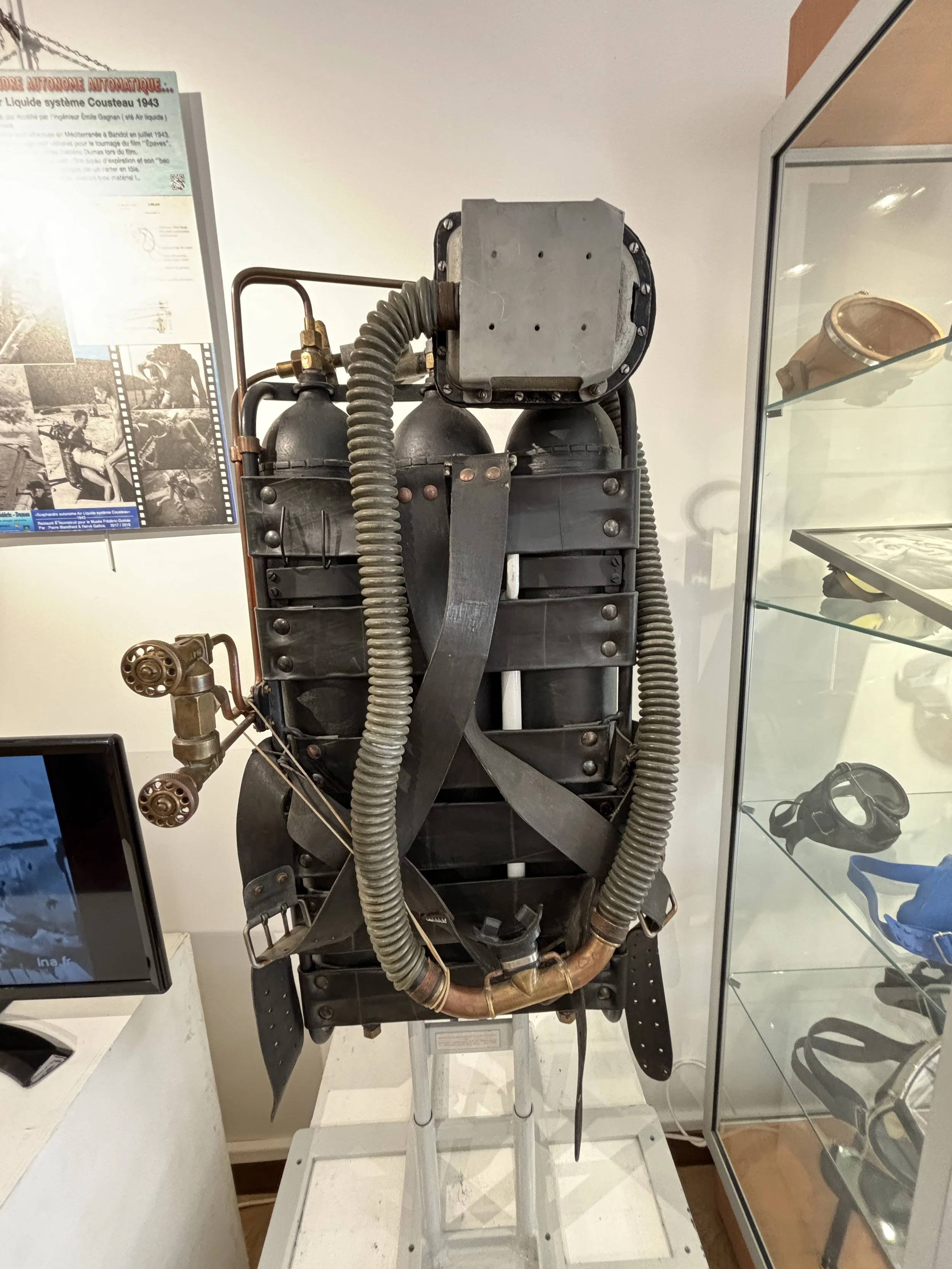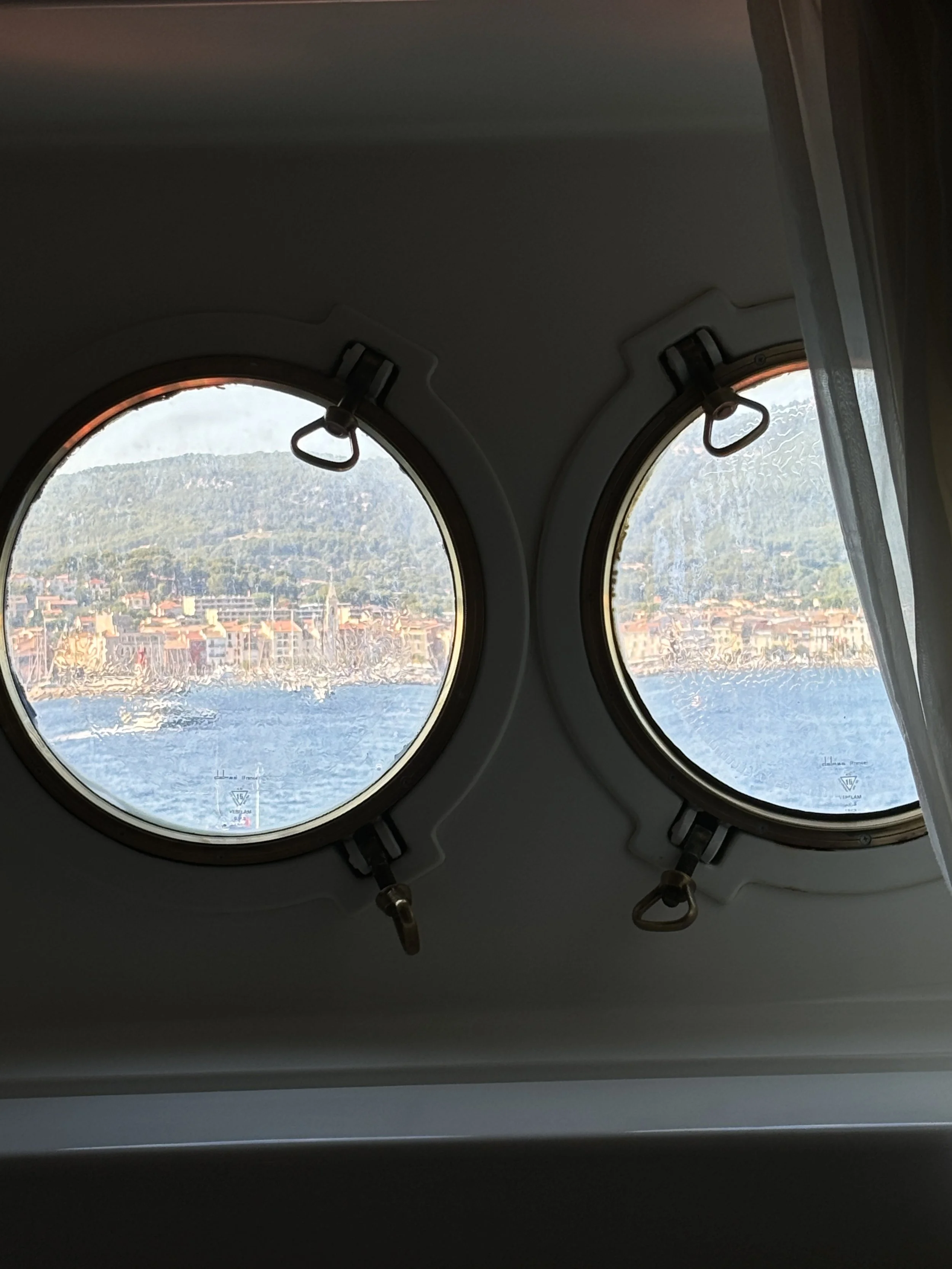Sanary-sur-Mer, the Provencal town that invented scuba diving
When it comes to French Riviera, the cute seaside provençal town of Sanary-sur-Mer may not feature as high up in the popular imagination as Cannes, Antibes or Saint-Tropez. This makes it, actually, a perfect fit for this site and its overarching team of showcasing underreported and charming places. Because, if there is something that is not in short supply at Sanary-sur-Mer is charm.
The charms of Sanary-sur-Mer were, in fact, well recognized by quite a few literary and artistic figures in the pre-war years. Aldous Huxley wrote “Brave New World” while staying in Sanary, for example. The list of notable creative people that also visited or lived in Sanary-sur-Mer at some point in that era includes English writer D. H. Lawrence and French film-maker Jean Cocteau, as well as a whole ensemble of German and Austrian intellectuals, Bertold Brecht, Thomas Mann and Stegan Zweig among them, who moved to Sanary in the 1930s, fleeing totalitarianism in their home country.
The colourful and lively fishing port of Sanary-sur-Mer main claim to world fame, however, is the due to the work of another of its illustrious residents, Jacques Cousteau, for it was here that the French oceanographer and film-maker, together with partners Frédéric Dumas and Philippe Tailliez, developed and tested the first aqua-lung. The autonomous subaquatic breathing technology which made scuba diving possible was at least partly developed and first tested in Sanary-sur-Mer.
We’ll get back to this latter point shortly, because one of the highlights of the town is actually its scuba-diving museum, but, first, a bit of context about Sanary!
Arriving to Sanary-sur-Mer from the sea
Let me start by saying that my impressions of Sanary-sur-Mer are shaped by the fact that I arrived to the town by boat.
This, I think, makes quite a difference, because Sanary-sur-Mer is truly a sea-facing town and its most iconic sights are never too far from the water!
Sanary-sur-Mer was one of the last stops in our Windstar cruise between Civitavecchia (near Rome) and Barcelona and which took us to other beautiful and iconic, yet somehow underrated, places such as the island of Elba.
Windstar’s “Wind Surf” as seen from the Tower of Sanary-sur-Mer
The port of Sanary is actually too small for even a relatively small ship, like our beautiful sail-powered “Wind Surf” to get in, so the transfer to and from the shore is done through the small auxiliary boats onboard (which have a double function as emergency rafts), a much more stylish way to get ashore!
Top things to do and to see in Sanary-sur-Mer
And this is, essentially, the sight that welcomes you as you sail into Sanary-sur-Mer: a colourful array of traditional fishing boats moored along the quais. Picturesque? Sure! And that’s the reason we are here.
We had just a morning in port, so our activity consisted basically in exploring the area near the quais, which is where most of the interesting stuff appears to be located. In the picture below you can get an idea of what we are talking about.
The outdoor produce market is at the far end (more on this soon) and the scuba-diving museum is just at the back of the tower from where this picture was taken. In between is the main seaside promenade with most commercial activity taking place around it.
Our first pit stop was the aforementioned outdoor market, which was fully stocked with all sort of appetizing stuff, from seafood to fresh produce and, of course, French cheese and charcuterie.
To be fair, these types of market are common throughout the Mediterranean. This doesn’t make them any less interesting, though! And in Sanary it really, really adds to the generally colourful setting.
From the market to the next highlight, the 14th Century “Tour of Sanary” it takes just a short pleasant stroll along the quais, where most of the town’s activity seems to take place anyway.
The town appears to be very well kept and it is also dotted with quite a few interesting decor elements, like a couple of statues in classical style representing the maritime and agrarian activities that have shaped the economy of this part of Provence for centuries.
There are also a number of shops, restaurants and cafés along the quais and in the adjacent streets.
These offer the chance to buy some rather tasteful, stylish souvenirs (not the banal sort that has become commonplace in many major cities) as well as wine and produce from the adjacent hinterland (a note for wine experts here: Sanary-sur-Mer is in within the Bandol AOC (Appellation d'Origine Contrôlée) wine region.
The two museums to visit in Sanary-sur-Mer
And that’s how we get to what I think is the towns most singular structure: the 14th Century Tower of Sanary (“Tour de Sanary”).
The town, actually, pre-dates the village. It’s common to find watchtowers and fortifications all along the Mediterrnean, which in old times used to be swarming with pirates of all sorts.
So, in the 16th Century, a fishing village sprung here, under the protection of the tower. It was originally called “Sant Nazari” in the local Occitan language, a name that over time mutated to the French “Sanary” (with the more modern “-sur-Mer” added later to highlight its seaside location).
The tower offers two things.
The first is the great views of the town and the quais from its rooftop. Much recommended, even if you have to climb a really narrow staircase!
The other is the museum of marine archaeology (marine archaeology is starting to become a regular theme of this site!).
The museum is actually spread over the different floors of the tower and it showcases some of the items of historical significance which have been found in nearby waters. Bear in mind that Sanary is located roughly halfway between two major historical ports, Marseilles and Toulon, and the sea lanes around town have been heavily plied since Ancient times.
The marine archaeology museum is, actually, a perfect complement to the other museum in town: the scuba diving museum.
Visting the Frédéric Dumas Scuba-diving Museum in Sanary-Sur-Mer
I have mentioned earlier that Sanary-sur-Mer played an important role in the development of the scuba diving technology.
French oceanographer and film-maker Jacques Cousteau, who happened to have a house in Sanary, is the most well-known name associated with this invention, but Cousteau’s partners Frédéric Dumas and Philippe Tailliez were also instrumental in this achievement.
The three were apparently known as “the Mousquemers” a French language game of words that alludes to in a not-too-veiled reference to Les Trois Mousquetaires (“The Three Musketeers”) the famous literary work by another Dumas, Alexandre, in this case.
Sanary’s scuba-diving museum is actually named after Frédéric Dumas and it shows the evolution of diving and subaquatic activities since the early days of diving all the way to the invention of the modern aqua-lung in the 1940s.
The museum is quite small. It is privately run and consists of a single ground-floor room in one of the buildings adjacent to the port.
It does have some interesting historical artifacts, including some very ancient-looking examples of diving suits as well as the first early models of autonomous scuba-diving equipment.
Definitely go visit if you are in Sanary, even if you are not into scuba-diving.
Before closing this post, it is necessary to mention that the other major attraction at Sanary-sur-Mer is, in fact, not in town, but in the nearby coastline. Despite the area being quite urbanized, there are still quite a few nice beaches and coves around!
And, it is like this, with this last view of the town’s sea front from the Windstar “Wind Surf” portholes, that this post about beautiful Sanary-sur-Mer comes to and end.
But the series about our Windstar Cruises adventures will continue soon with more interesting places!
